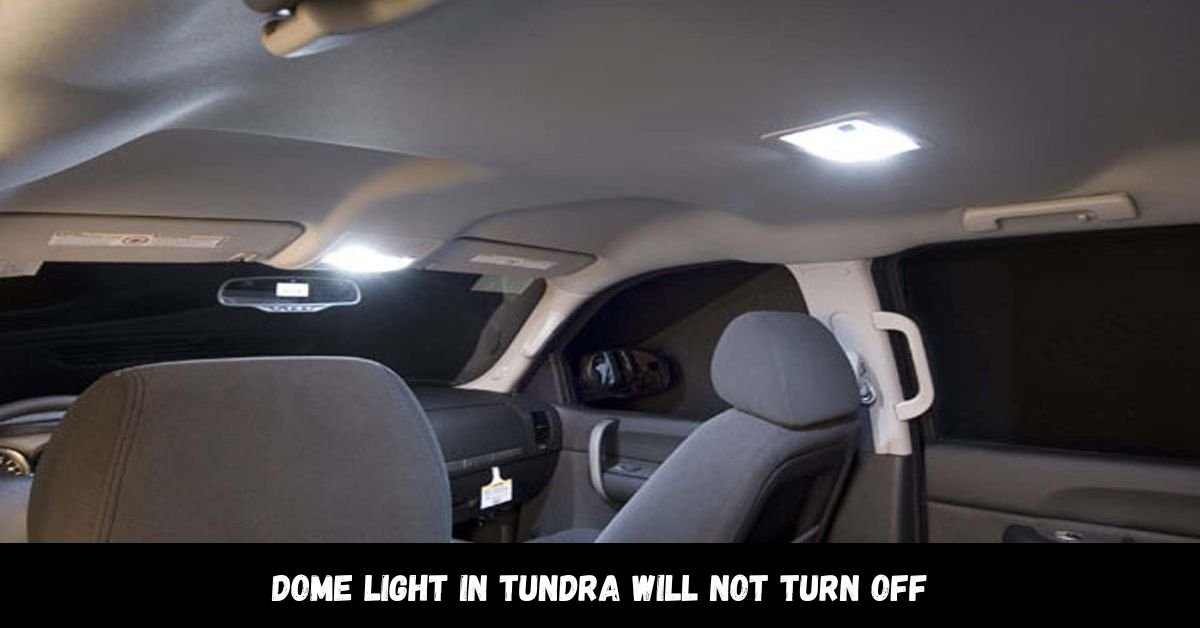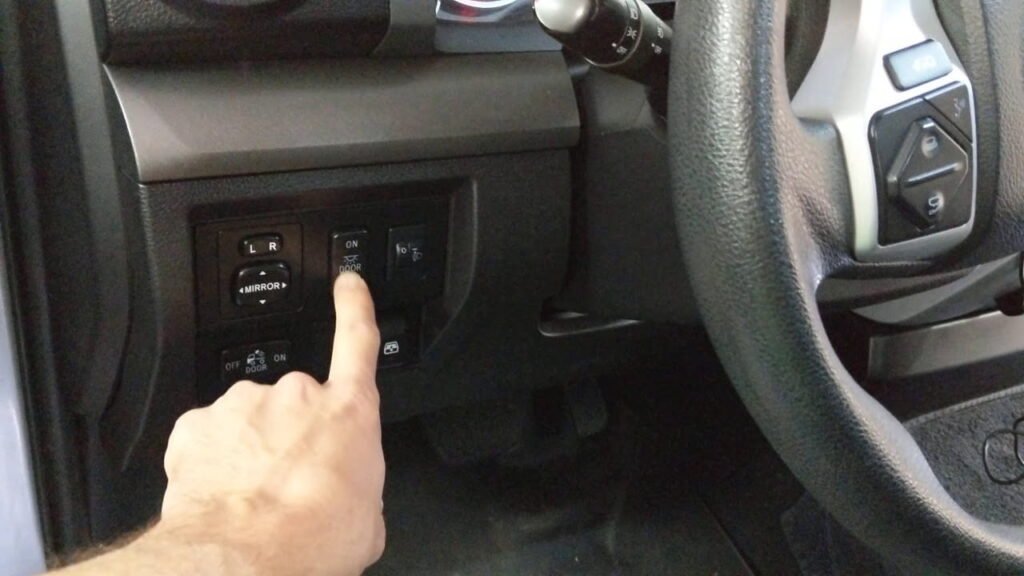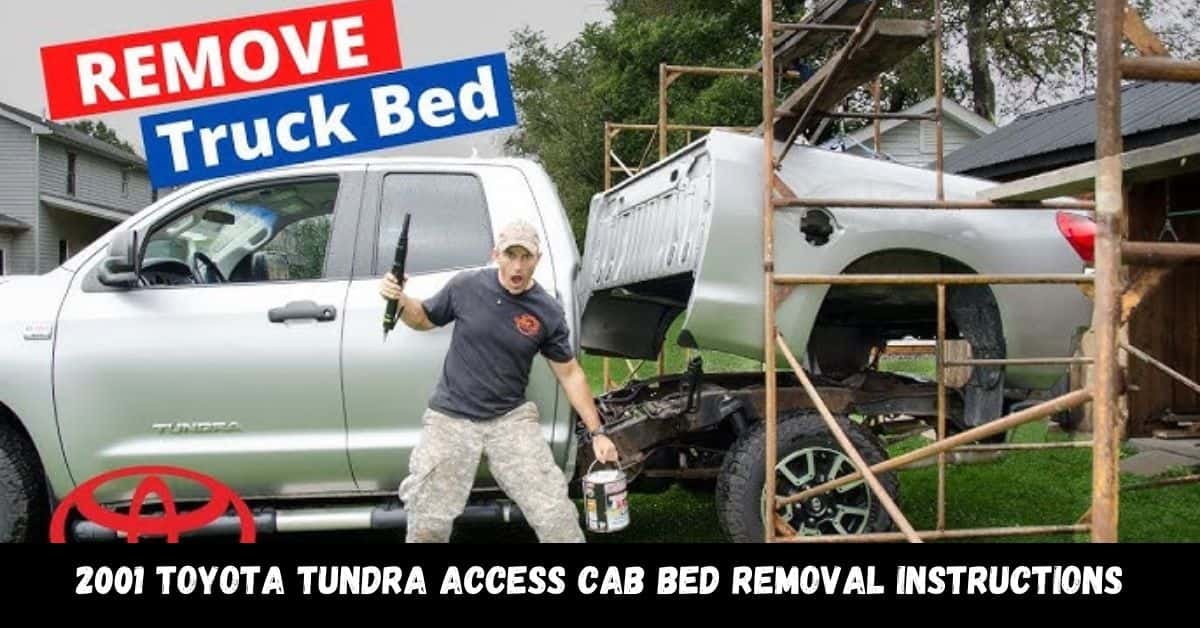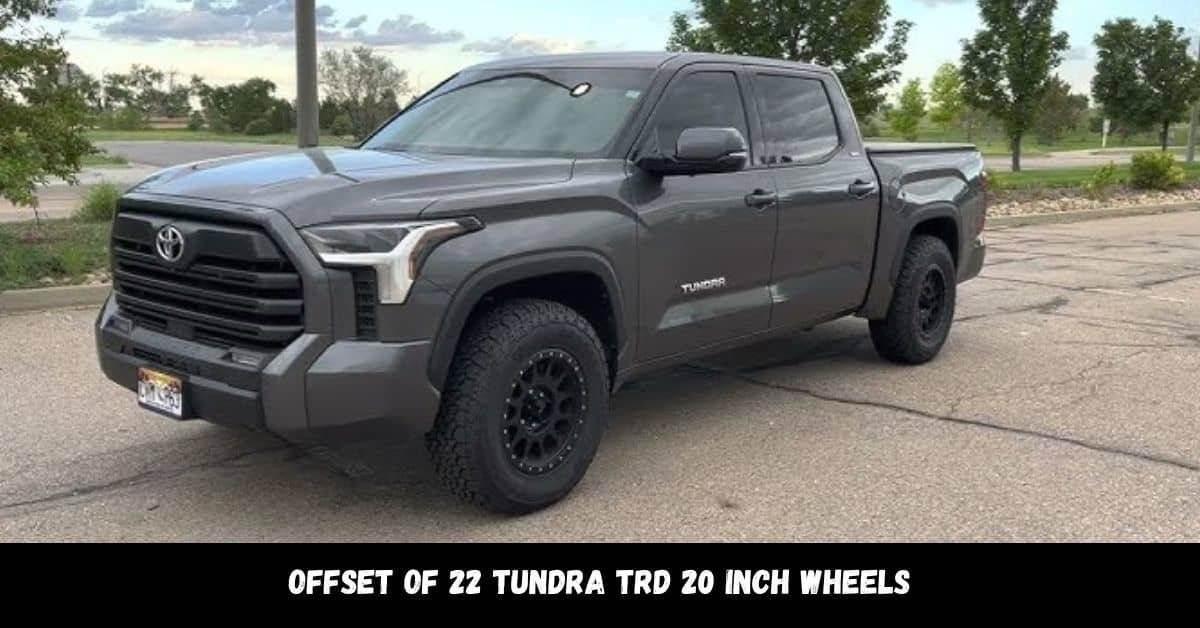How To paint Digia Tundra?, start by gathering your digital tools like a graphics tablet and painting software. Begin with a light sketch of your landscape, then block in large areas of color for the sky and land using broad strokes. Focus on the overall shapes rather than details at first. Next, add textures and fine details, paying attention to lighting and shadows for depth. Finally, review your painting and make any necessary adjustments. Enjoy the process and let your creativity shine.
Last summer, I decided to paint a Digia Tundra scene in my garage. I wanted to capture the calm beauty of tundra landscapes, and working in my own space made it easy to focus. I started by getting all my tools ready and opened my digital painting software. I began blocking in the big colors for the sky and land, which felt freeing because I didn’t worry about making it perfect.
One helpful thing I learned was to take breaks. Stepping away for a bit helped me see my painting with fresh eyes, making it easier to notice what needed fixing. I also found that blending colors together made my painting look more realistic. Overall, painting Digia Tundra was a fun and rewarding experience. It taught me to be patient and enjoy the process of creating art. I encourage everyone to give it a try, set up your space, start painting, and let your creativity shine.
What is Digia Tundra?
Digia Tundra refers to a digital painting style that captures the beauty and unique features of tundra landscapes. These environments are characterized by cold temperatures, low vegetation, and distinctive colors that change with the seasons. Artists use this style to express the serene yet rugged nature of these regions.
Why Paint Digia Tundra?
Painting Digia Tundra allows artists to explore themes of nature, isolation, and the stark beauty of cold landscapes. It’s a chance to connect with the environment and convey emotions through color and texture. This style can also enhance your skills in digital painting and broaden your artistic range.
When to Start Painting Digia Tundra?
The best time to start painting Digia Tundra is whenever you feel inspired! Many artists prefer to paint during winter months or when they can observe tundra-like environments. If you have access to reference photos or can visit tundra areas, that’s even better. Allow yourself to experiment and learn at your own pace.
How to Prepare Your Workspace for Painting Digia Tundra?
Organize Your Digital Tools:
A well-organized workspace is crucial for creativity. Ensure you have your digital painting software open and your graphics tablet ready.
Arrange Your Supplies:
Arrange your tools, such as brushes and color palettes, within easy reach to streamline your painting process.
Ensure Good Lighting:
Good lighting can also help, so try to paint in a well-lit area. This will improve your visibility and make it easier to see colors accurately.
How to Choose Your Color Palette for Painting Digia Tundra?
Understand Color Basics:
Selecting the right colors is essential for depicting tundra landscapes. Consider using cool blues and whites for ice and snow, earthy browns and greens for vegetation, and soft grays for rocks.
Create a Custom Palette:
You can create a custom palette in your painting software, making it easier to access your chosen colors as you work.
How to Sketch Your Composition?
Begin with a light sketch to outline your composition. Use simple shapes to represent key elements like mountains, lakes, and trees. Focus on the overall layout rather than details at this stage. You can adjust proportions and positions until you’re satisfied with the balance of your scene.
How to Block in Basic Colors?
Once your sketch is complete, start blocking in colors. Use large, broad strokes to fill in the sky, land, and major features. Don’t worry about perfection; this stage is about establishing the foundation. You can refine these colors later.
Start with the Sky:
Begin by applying the base color for the sky. Use broad strokes to cover this large area.
Fill in the Land:
Next, move to the land. Choose colors that represent the ground, hills, or any other major features.
Use Large Brushes:
Utilize large brushes to make the application of colors easier and quicker, allowing you to cover more space efficiently.
Don’t Worry About Details:
At this stage, focus on the overall shapes and colors rather than fine details. This is just about laying down the foundation.
Blend Where Needed:
If colors overlap, blend them gently at the edges to create smooth transitions.
Review and Adjust:
After blocking in the colors, step back and assess your work. You can always adjust and refine these colors later in the process.
How to Add Details?
With the base colors in place, it’s time to add details. Use smaller brushes to paint textures like grass, rocks, and clouds. Layer different colors to create depth and interest. Pay attention to how light interacts with each element, adding highlights and shadows for realism.
How to Work on Lighting?
Lighting is crucial in creating mood and depth. Observe how light affects the tundra in real life, noting where shadows fall and how colors change. Use lighter shades to highlight areas where light hits directly and darker shades for shadowed regions. This contrast will enhance the overall impact of your painting.
Which Tools and Brushes to Use?
For digital painting, a variety of brushes can help achieve different textures. Use soft brushes for blending and hard brushes for sharp edges. Texture brushes can mimic natural elements like grass and rocks. Experiment with different brush settings to find what works best for your style.
How to Finalize Your Painting?
To finish your painting, take a step back and assess your work. Make any final adjustments, such as enhancing colors or adding details. Consider applying a final layer of adjustment to unify the painting’s elements. Save your work in multiple formats to ensure you have backups.
How To Tint Your Headlights
Tinting headlights can enhance the look of your vehicle while providing a stylish touch. Make sure to choose a legal tint that complies with local regulations. Clean the headlights thoroughly and use a tinting film or spray. Apply it evenly and allow it to cure properly for a lasting effect.
How to Paint a Car in 2K?
Painting a car in 2K involves using two-component paint that offers durability and a high gloss finish. Start by sanding the surface to prepare it. Mix the paint according to the manufacturer’s instructions, and apply it in thin, even coats. Allow each coat to dry before applying the next.
Is 2K Paint Easy to Spray?
Yes, 2K paint can be easy to spray if you follow the right techniques. Ensure you have the proper spray equipment and practice on scrap material first. The key is to maintain a consistent distance from the surface and apply even pressure on the spray gun.
Do I Need a Clear Coat Over 2K Paint?
Yes, applying a clear coat over 2K paint is recommended. The clear coat adds an extra layer of protection against UV rays and environmental damage, ensuring a longer-lasting finish. It also enhances the gloss and depth of the color.
Can You Paint an Engine with 2K?
Yes, you can paint an engine with 2K paint. However, ensure the paint is heat-resistant and suitable for automotive use. Prepare the engine surface by cleaning and degreasing it before applying the paint in thin coats.
Is It Better to Paint a Car 1K or 2K?
2K paint is generally better for automotive applications due to its durability and resistance to scratches and chemicals. 1K paint can be easier to use but may not provide the same level of protection or finish quality as 2K.
How Many Coats of 2K Paint on a Car?
Typically, you should apply at least 2-3 coats of 2K paint for optimal coverage and durability. Allow each coat to dry before applying the next. This ensures a smooth and even finish that will last.
Frequently Asked Questions:
1. What is the best software for painting Digia Tundra?
Popular software options include Adobe Photoshop, Procreate, and Corel Painter. Each offers different tools that can help you create beautiful digital landscapes.
2. How do I find inspiration for my painting?
Look for inspiration in nature, photography, or even other artists’ work. You can also explore documentaries or books about tundra environments.
3. Can I use a mouse instead of a graphics tablet?
While it’s possible to use a mouse, a graphics tablet provides better control and precision, making it easier to create detailed artwork.
4. How long does it take to complete a Digia Tundra painting?
The time it takes varies greatly depending on your skill level and the complexity of the piece. It could range from a few hours to several days.
5. Should I use reference images?
Yes! Reference images can help you understand the colors, textures, and lighting of tundra landscapes, making your painting more realistic.
6. How do I fix mistakes in my painting?
Most digital painting software has undo options. You can also use layers to make changes without affecting the entire piece.
7. Is it necessary to have drawing skills to paint Digia Tundra?
While having drawing skills can help, it’s not mandatory. Practice and using guidelines can improve your ability over time.
Conclusion:
Painting Digia Tundra and exploring related topics like automotive painting techniques can be fulfilling. With the right approach and tools, you can create stunning artwork or enhance the look of your vehicle. Dive into your projects with creativity and confidence!










